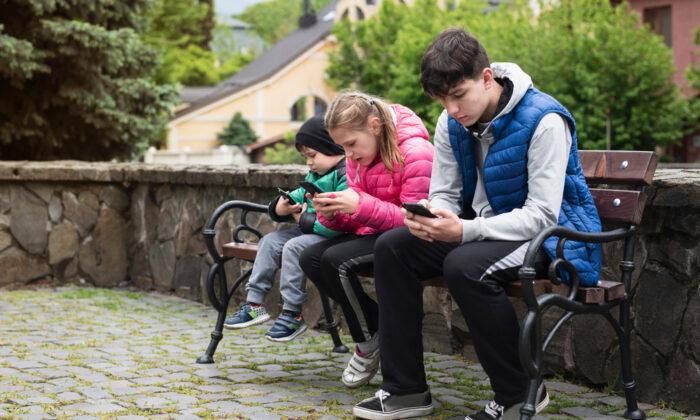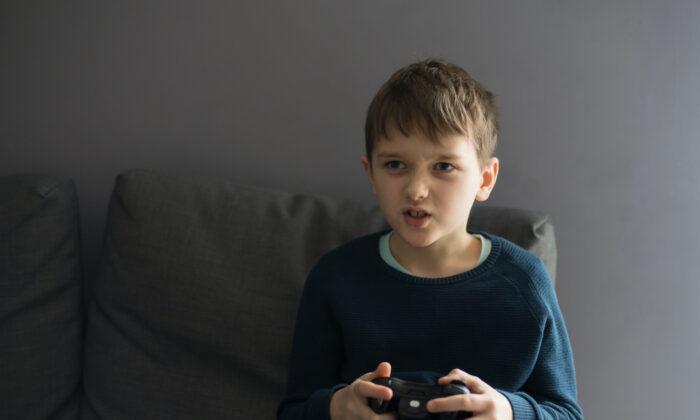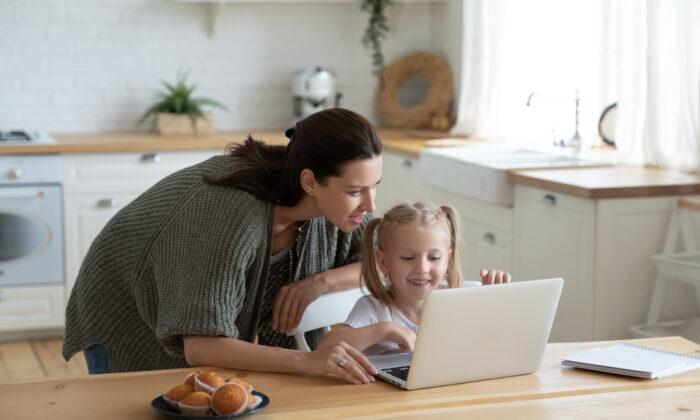Let’s face it, technology is here to stay. And it’s useful. We watch YouTube videos to figure out how to fix our cars or make new recipes. We use software to create household budgets, video conferencing to communicate with those far away, and navigation systems to find our way to unfamiliar places. These technologies can help us navigate the everyday details of life, but some leisure screen habits, like video games and social media, waste our time and potential. Who gets the shortest end of the stick? Our kids.
Why Our Brains Form Habits
All habits, good or bad, are a reflection of the brain’s effort to save energy. When the brain shifts certain daily decisions and activities to autopilot by building habits, resources are freed up for other things. But some habits are more harmful than others because they interfere with our well-being.How Habits Form and Break
It is easier to understand how screen use controls our kids when we understand how habits are built.- A cue (something that triggers thoughts of the habit)
- Desire (the habit has already revealed its reward)
- An easy routine (there are no significant barriers to the activity of the
- habit)
- A reward (carrying out the habit delivers pleasure or distraction)
Help Your Kids Break Bad Screen Habits
Screen habits work the same as other habits. They start small and then get stronger with repetition. Innocent screen routines, like playing on a parent’s phone in the grocery store, on a long car ride, or on the sidelines at a sibling’s soccer game, lead to strong habits. For some kids, the decision to quit a sport can be the small change that leads to a full-blown gaming habit, or even addiction. For others, the innocent gift of a smartphone for Christmas marks the start of a downward spiral.Like the sound of a whistle at the starting line before a race, a cue triggers the brain to follow through with the activity that has been associated with that cue in the past. Every time the cue occurs—being in the grocery store, getting in the car, or being at a soccer game—the brain remembers the reward associated with it, which triggers the desire.
Crushing the Cue
Beth’s oldest son, Jack, became obsessed with a certain video game. Like many of his friends, he headed to his room to play this video game every day after school. His cue was the transition time between walking in the door from school and settling in at home. Beth was exhausted, trying everything she knew to limit his gaming habit.After we discussed screen habits at a ScreenStrong workshop, Beth decided to change her family’s habits by interrupting that afternoon transition time. On a normal day, she would stop by the grocery store before picking up the younger siblings from school. Then she would start dinner prep when they all got home. Jack would get a ride home with a friend and start gaming.
One day, she decided to deviate from her normal routine. She told the kids that she would jump on the trampoline with them instead. Her youngest son was so excited that he ran to Jack’s room to tell him the news. Much to Beth’s surprise, Jack left his game and came running down the stairs to see if his mom was really going to jump on the trampoline.
What happened next was key. After Jack watched mom jump for a few minutes, something they all found pretty entertaining, she convinced him to join in. He did. He jumped on the trampoline with his younger siblings and had a blast.
Small Changes, Big Results
Beth’s story is a good example of the power of stopping a habit by interrupting a cue. The small decision to delay the groceries and dinner prep and go outside with the kids after school disrupted their normal routine. Because it worked once, Beth wondered if it would work again.Beth began to plan something simple every day to interrupt that particular gaming cue. She now keeps a football in the car for afternoon stops at the park on the way home from school. On some afternoons, she plans a short walk with the dog. She even changed Jack’s carpool schedule to pick him up two days a week, so she and her son now have time to connect on the way home.
Beth told me that the biggest secret to screen success in her home was rearranging her meal-prep time to the night before and switching to hearty, but simple, meals. The result?
Beth is available and present after school to clear out the cues that were creating the screen dependency. There is no longer a struggle with gaming after school and there is much less conflict. The family is less stressed and much happier. That move turned out to be more powerful than all her counseling appointments with her son.
Change Leads to Change
In Jack’s case, his neighbor asked him to help with his landscaping business as a result of reconnecting that day. Jack now works for him a few days after school and on weekends. His weekday video gaming dopamine reward cycle has been replaced with healthy dopamine-inducing activities like meeting new people, exercising, and being engaged in more meaningful and purposeful work. These good habits will lead to more good habits and the game no longer has the same hold on him.Common Cues for Screen Habits
- Transition time during the day
- Certain friends
- Physical states: hungry, tired, lonely
- Location of device
The Screenstrong Solution
The screen solution is not overwhelming when you understand how much power you have over habits. Your kids will follow your lead like they follow the lead of a good coach. Before long, that screen habit may not completely disappear, but it will get weaker and lose its power over your family. Take a stand for your kids and take one small step today to mix things up. Help your kids break bad screen habits and get back to living in the real world again.When parents create an environment for their kids where doing the right thing is easier than doing the wrong thing, everyone wins. Our kids win, our families win, and our culture wins.
Is it really possible that something as simple as jumping on the trampoline with your kids could rescue them from a screen addiction? Yes, sometimes it is.





